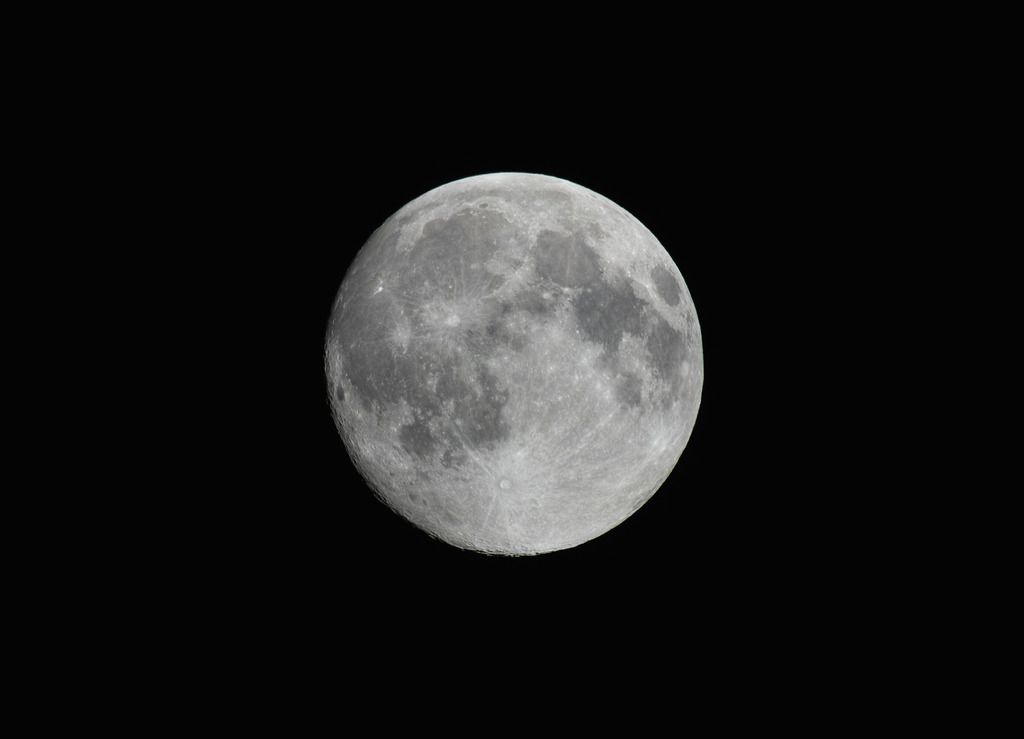This month is a great time to go wild and camp under the stars. The sky has more bright dots than usual and you won’t have a chance to see the sky like that for a long time. There are currently 2 planets at opposition and they can easily be seen during the night. Mars and Saturn are very close to our planet and if you still don’t have any telescope, this is a great time to buy one of those.
1. June 3 – Saturn At Opposition

After the opposition of Mars, it is Saturn’s turn to be very close to the Earth. During the event, the face of the Saturn will be fully illuminated by the Sun. It will be bright and visible all night long; even with an unaided eye. You will also be able to see not just Saturn but also its moons. Simple backyard telescope will allow you to see Saturn’s ring and a few of its brightest moons.
Another important thing about this month; Mars is also currently at opposition too. Even if its opposition started a few weeks ago, it is still brighter than usual. Due to opposition, Mars seems a little bit red so you can distinguish Mars from Saturn.
2. June 5 – New Moon

The Moon will be between the Earth and the Sun during the event. Sunlight will illuminate the opposite side of the moon but the side facing the earth will be completely dark. Since there won’t be any moonlight, this is a great opportunity to observe other stars and galaxies during New Moon.
3. June 5 – Mercury At Greatest Western Elongation

Before jumping into the event, there are two things you should know;
1. Inferior planet refers to a planet whose orbit is closer to the Sun than earth. So there are two inferior planets; Mercury and Venus.
2. When an inferior planet is visible after sunset, that means it is near its greatest eastern elongation. When an inferior planet is visible before sunrise, that means it is near its greatest western elongation.
At June 5, Mercury reaches greatest western elongation of 24.2 degrees from the Sun. This event is a great time to get up before the Sun does and gaze at the stars. During the event, Mercury will be at its highest point above the horizon in the morning sky.
4. June 20 – Full Moon

The Earth will be between the Moon and the Sun, half of the moon facing the earth will be fully illuminated. That’s totally a good news if you are a werewolf or something.
5. June 21 – June (Summer) Solstice

A solstice is an astronomical event that occurs twice a year; June and December. On June 21, days will stop growing longer and started to grow shorter in the northern hemisphere and vice versa in the southern hemisphere. June 21 will also be the longest day in the northern hemisphere while it will be the shortest day in the southern hemisphere.













